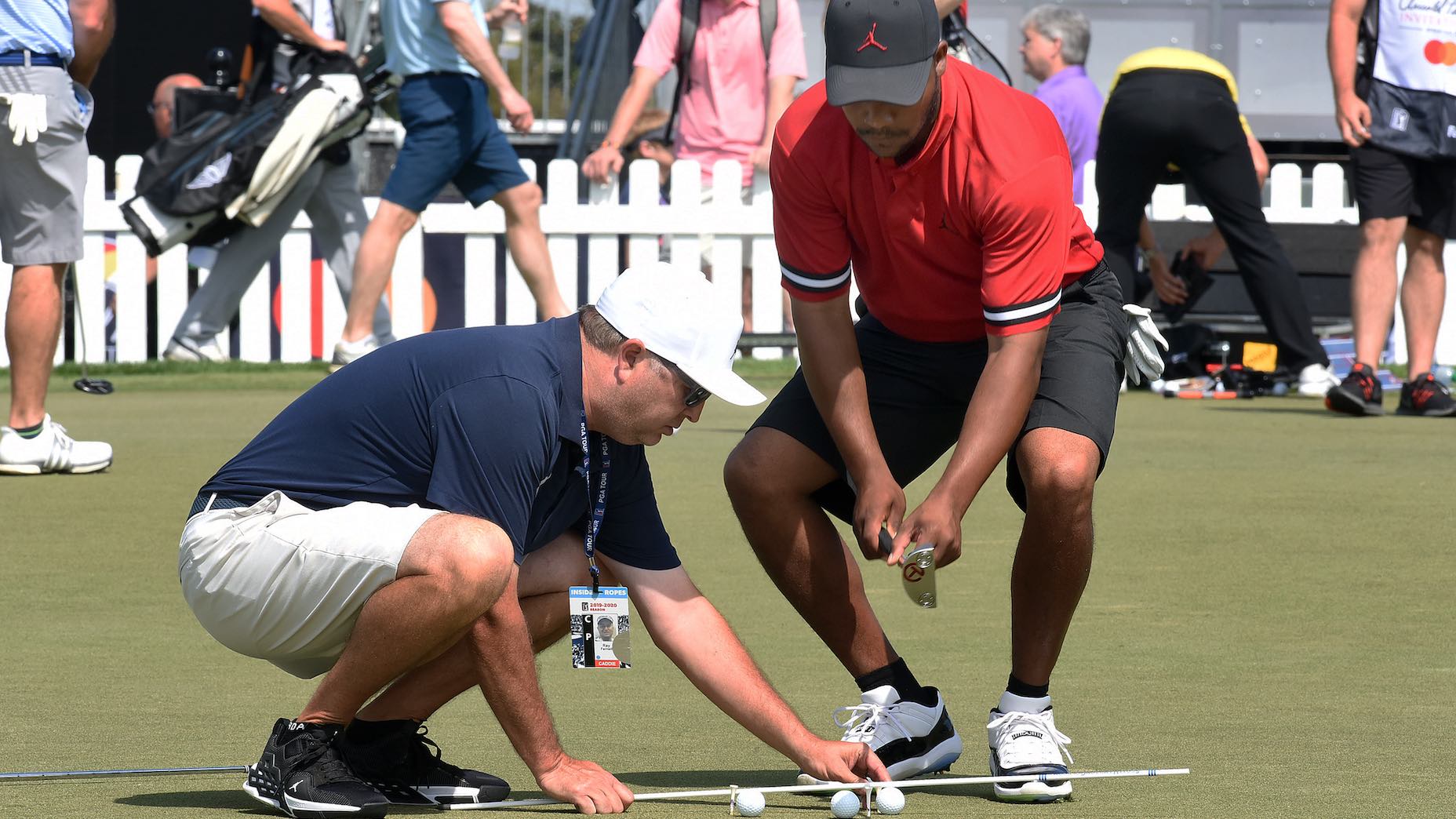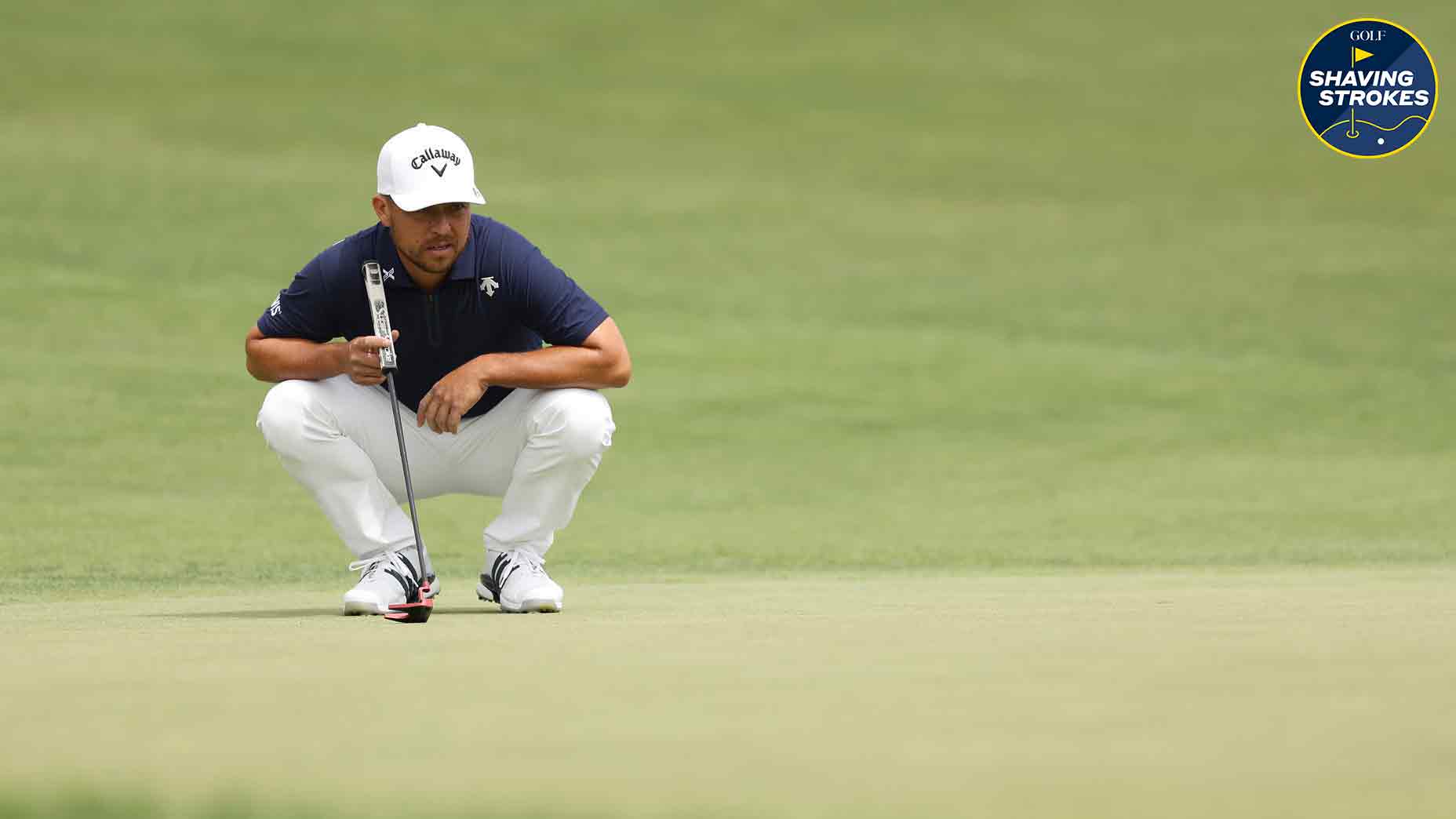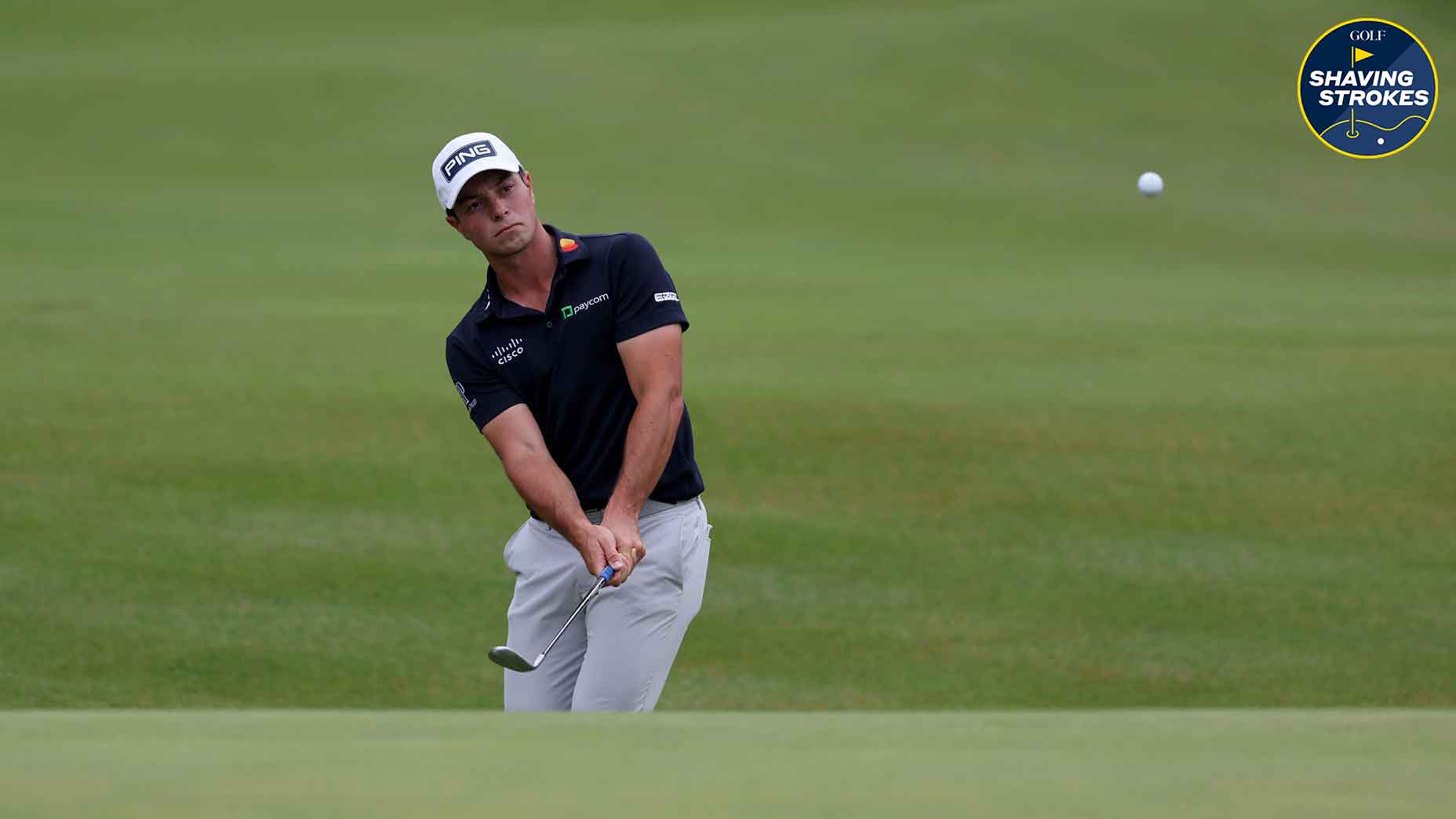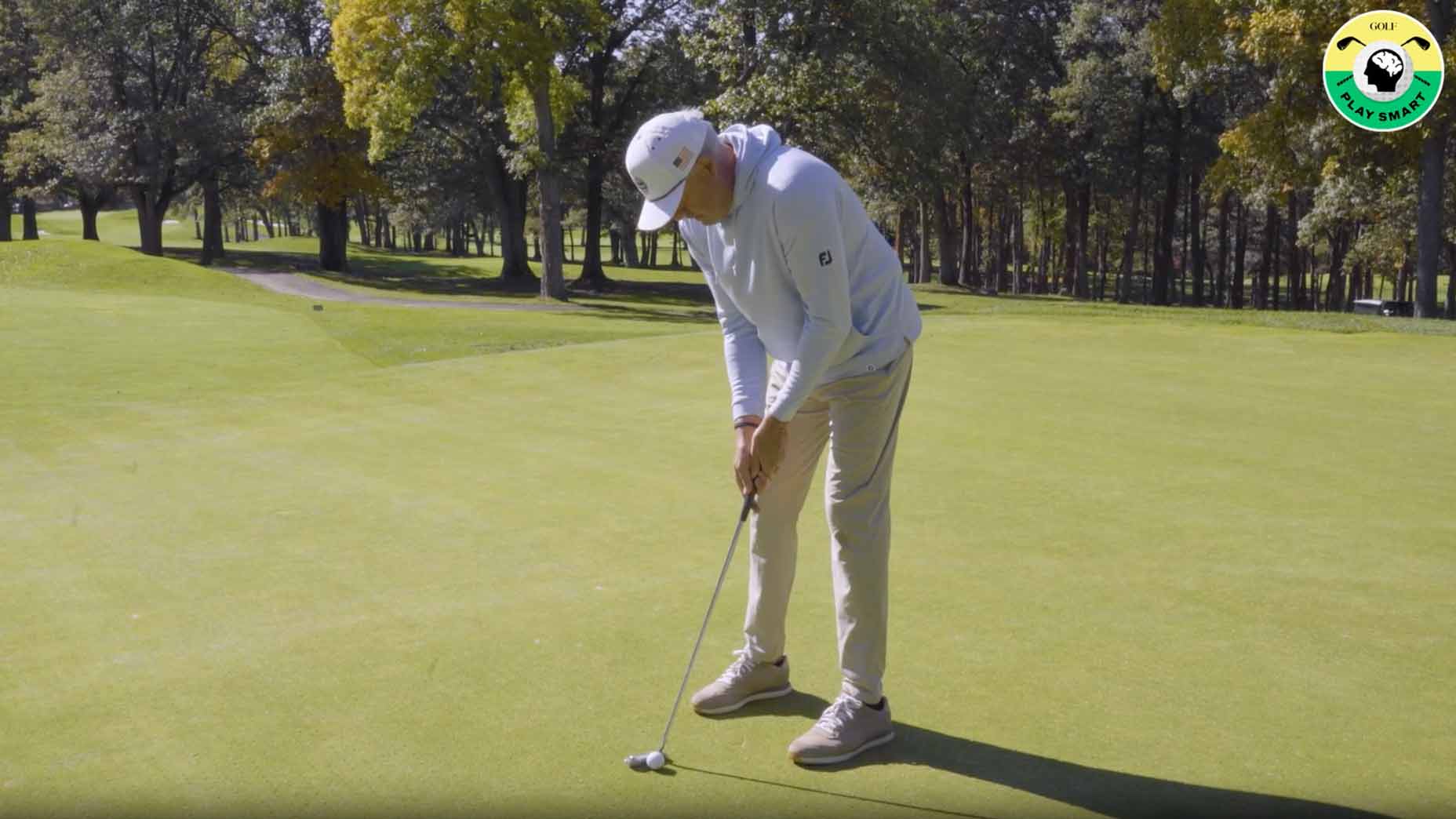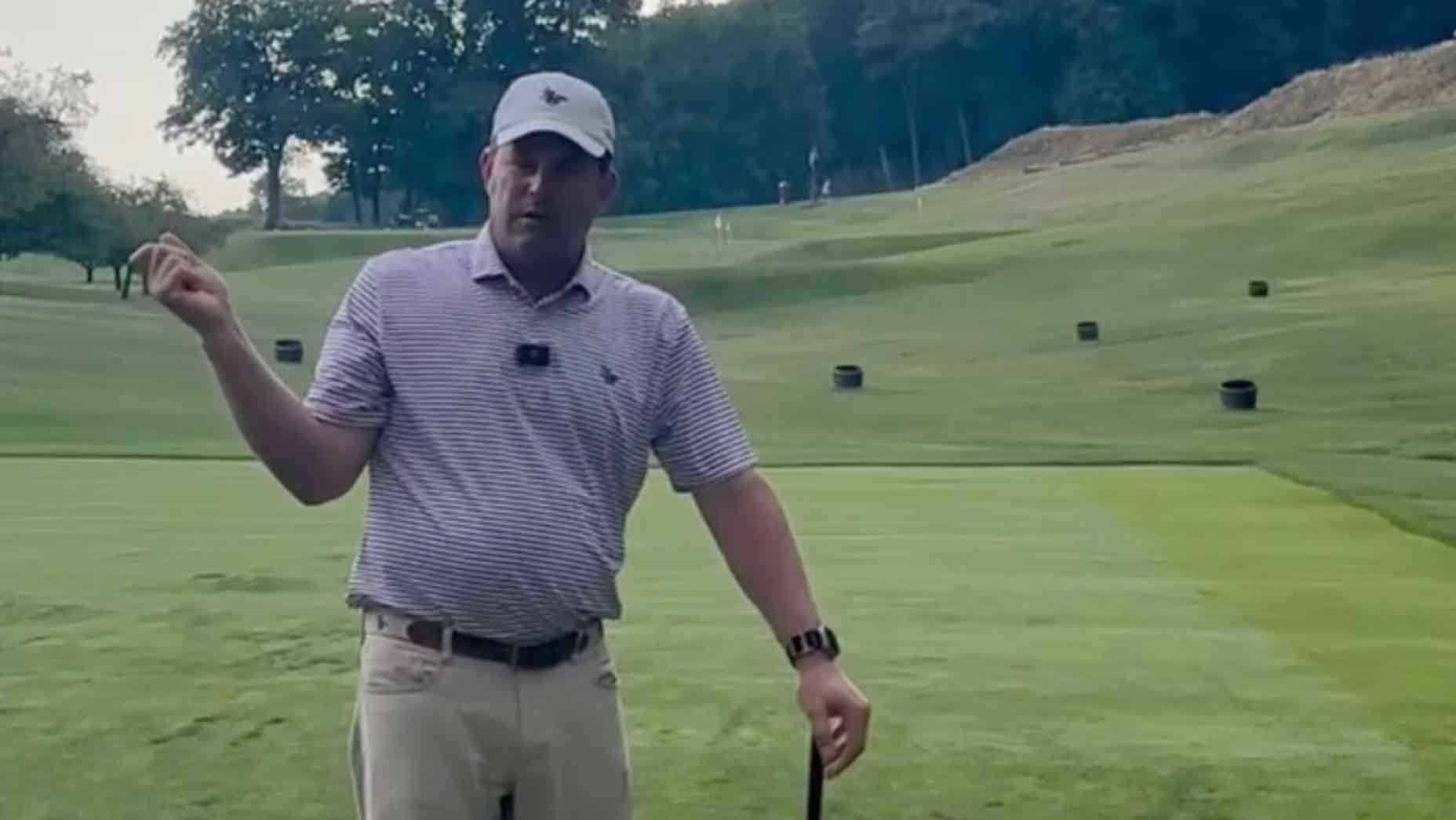Secrets from the Little Red Book: How to lower your handicap by 5 strokes

Every golfer wants to take five strokes off their handicap, but how can you do it?
Getty Images
Harvey Penick’s Little Red Book should be required reading for golfers looking to improve their games. Penick had a gift for making the complex seem simple, and his teachings ring true to this day. And with the PGA Tour heading back to Penick’s home of Austin later this month for the Dell Match Play, there is no better time to revisit the best secrets from his Little Red Book. Up first, a tip to take five strokes off your handicap.
Improvement in golf can be tough to come by. One day, you’re hitting the ball better than ever, and the next you feel like you can’t keep it on the planet. It’s a routine nearly every golfer has been through, and it gets no easier to reckon with no matter how long you’ve played.
Everyone is looking for that quick fix. If there was a pill available that would guarantee to take five shots off your game, it would sell out in a heartbeat. And while such a pill doesn’t exist, there is another method for drastic improvement, and it comes courtesy of legendary instructor Harvey Penick.
In his Little Red Book (a must-read), Penick points out that golfers do not improve stroke by stroke. Instead, improvement comes in plateaus. The 90s shooter will suddenly fall into the mid-80s, and the player who hovers around 80 will quickly fall into the mid-70s. As you lower your handicap more and more, the improvement comes more slowly, but you can still drop your scores by a few shots — if you know what to practice.
“The short game,” Penick wrote. “Those are the magic words. The higher you score, the faster you can lower it — with the short game.”
It’s no secret that you score around the greens, but that doesn’t necessarily translate to a golfer’s practice habits. In Penick’s decades-long career as a club professional at Austin Country Club, he said the average golfer would devote maybe 15 minutes to his putting practice each day — and that was only in the time just before they teed off.
“If you want to see radical improvement in your game and cut off five strokes in a week or two, you must make a radical change in the way you practice,” he said. “For two weeks devote 90 percent of your practice time to chipping and putting, and only 10 percent to the full swing. If you do this, your 95 will turn into 90. I guarantee it.”
Penick’s emphasis on short game can be seen at the highest levels of golf. Go to any PGA Tour event on a practice day and take note of the amount of time players spend on every part of their game. Sure, they grind on the range for quite a while, but they also spend tons of time ironing out their chipping and putting.
“Too many golfers think chipping and putting is hard work,” Penick said. “That’s why so few of them do it.”
Become one of the few who devotes time to your short game, and your scores are sure to drop. Harvey guarantees it.

